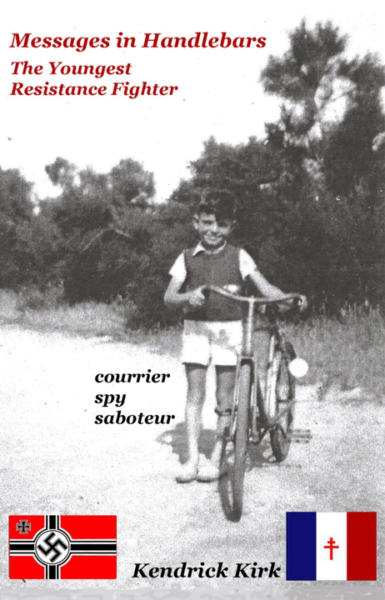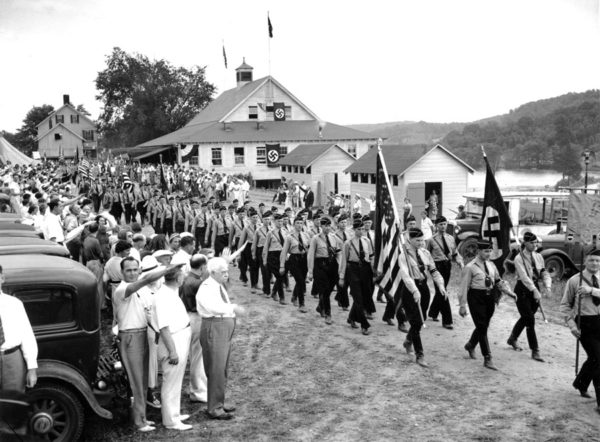I am very pleased to have author Kendrick Kirk as our guest blogger today. Ken wrote the wonderful book, Messages in Handlebars, as a tribute to his very good friend Jean-Jacques Auduc and Mr. Auduc’s activities as the youngest active member of the French Resistance during the German occupation of France. Messages in Handlebars is now used as a reference book at the U.S. Military Cemetery overlooking Omaha Beach at Colleville-sur-mer as well as the Mighty 8th Air Force Museum (Savannah, Georgia). The book has been translated into French and is popular overseas as well as having been endorsed by the British Ambassador to France. Mr. Auduc’s hometown and surrounding areas were a hotbed of activities for the missions of both the French resistance, the Auduc’s réseau (network), and Special Operations Executive (SOE). I know you’ll enjoy Ken’s blog as well as reading his book, Messages in Handlebars.
Let’s Meet Claire and Kendrick Kirk
Ken and his wife, Claire, divide their time between their home in Georgia and their lovely château, Château RiveSarthe, near Le Mans, France. They host various groups at their château during the year as well as organize group tours within France. They maintain a web site where anyone interested can contact them: www.rivesarthe.net Read More “Messages in Handlebars: The Youngest Resistance Fighter”


